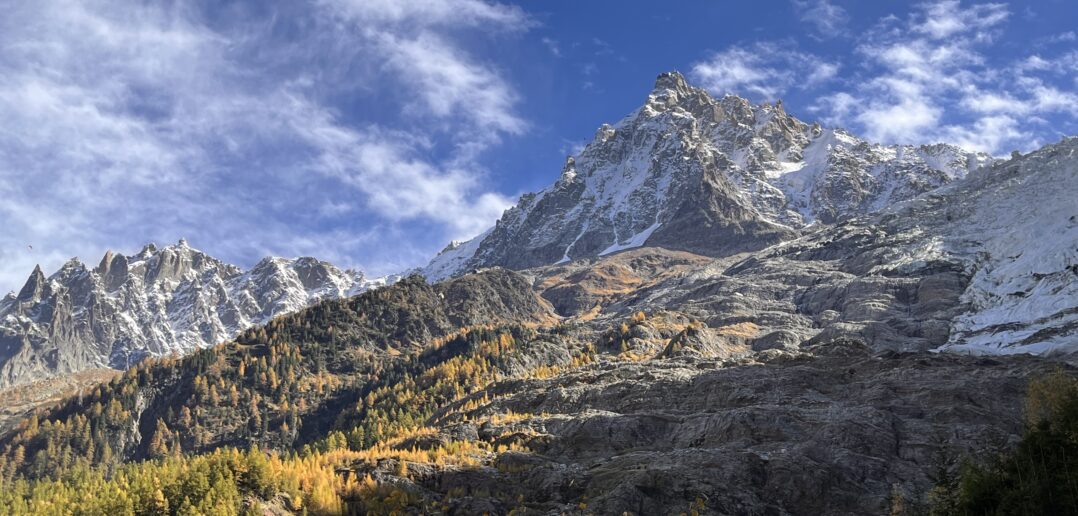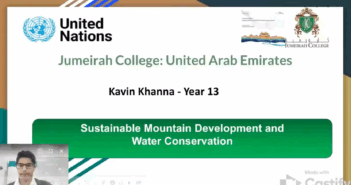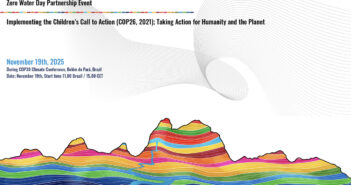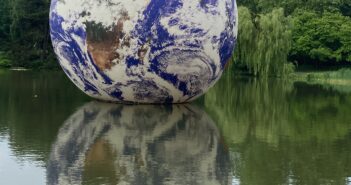Photograph J Fisher. Aiguille du Midi, Chamonix Mont Blanc, French Alps
The dramatic collapse of a glacier in the Valais region of Switzerland has devastated the village of Blatten.
Nine million tonnes of rock of the Kleines Nesthorn mountain above Blatten gave way on Wednesday 28th May and obliterating the village which had in home for over 800 years. Scientists had been monitoring the situation so inhabitants were able to evacuate safely before the event.
But the loss and damage to the lives and livelihoods as well as history has been lost, most likely forever.
Although there has been significant loss of glaciers and permafrost over the last decade the scale and magnitude of the glacial landslide is unprecedented in Switzerland. It registered as a 3.1-magnitude earthquake, one of the largest mass movements of earth ever recorded by the Swiss Seismological Service. Even scientists and mountain guides who are monitoring glaciers and their retreat, these sudden, catastrophic collapses are shocking. The authors of a recent study “Detecting the impact of climate change on alpine mass movements in observational records from the European Alps” found a clear link between the warming climate and the increased smaller rockfalls or landslides.
ZWDP is collaborating with the International Federation of Mountain Guides Associations on their sustainable mountain guiding curriculum and working with mountain guides who are conducting research in the French Alps (Chamonix Mont Blanc).
Glaciers are sensitive indicators of climate change and are ‘barometers for climate change’. Disasters like landslides threaten mountain communities and their livelihoods, vital transport and energy infrastructure.
Telling and sharing the science and stories from the mountains lies at the heart of the ZWDP Saving the World’s Water Towers campaign.
A key activity for 2025 is developing ways to actively supporting the UN Decade of Action for Cryospheric Sciences by linking global data from UN agencies such as the World Meteorological Organisation into schools science curriculum.





